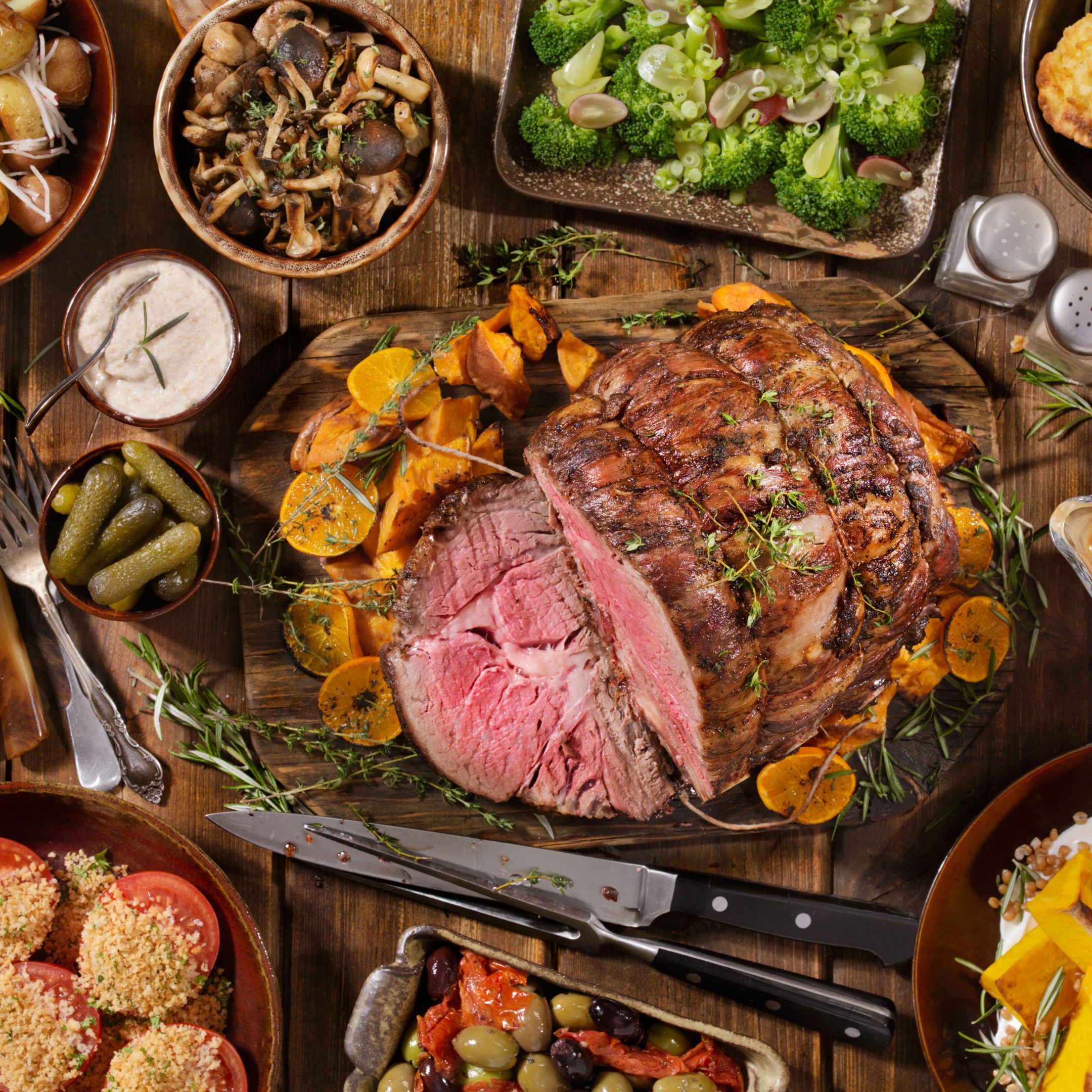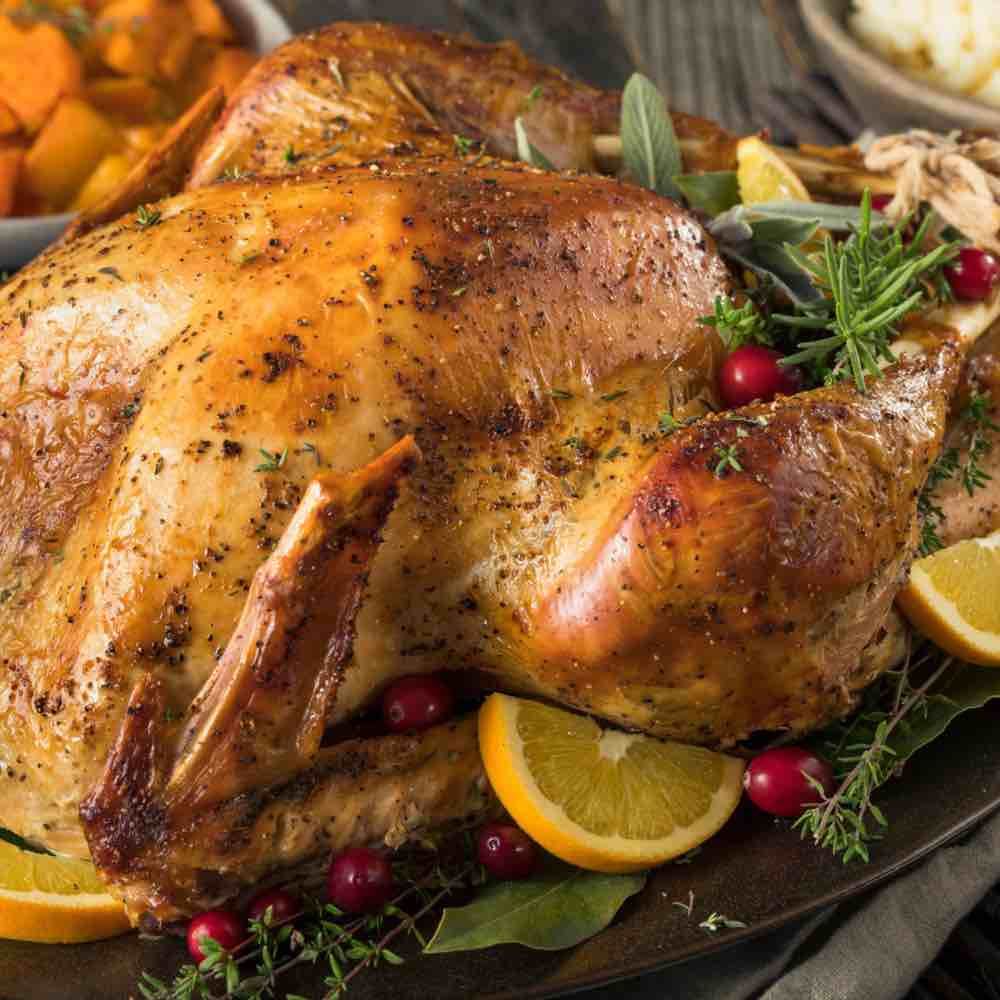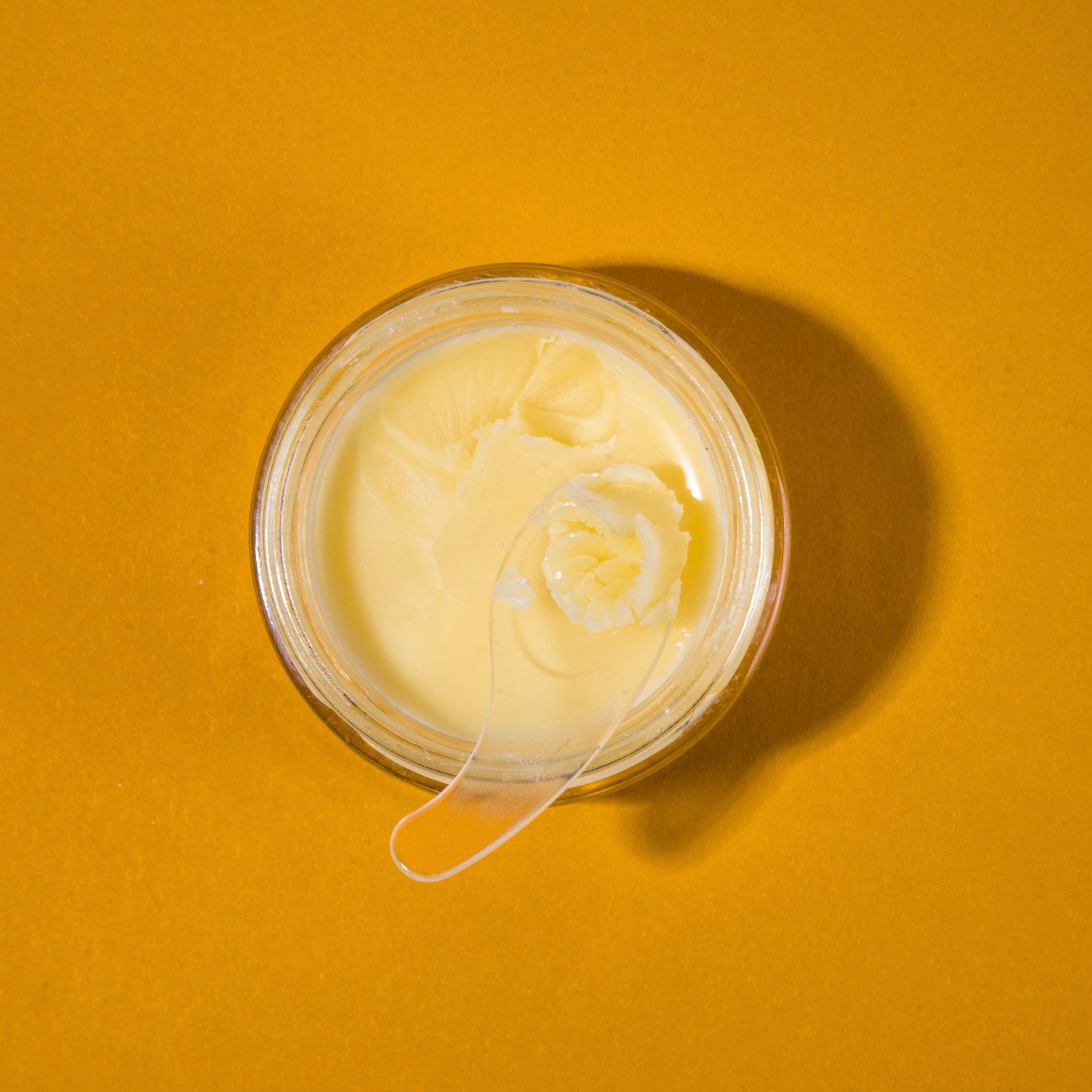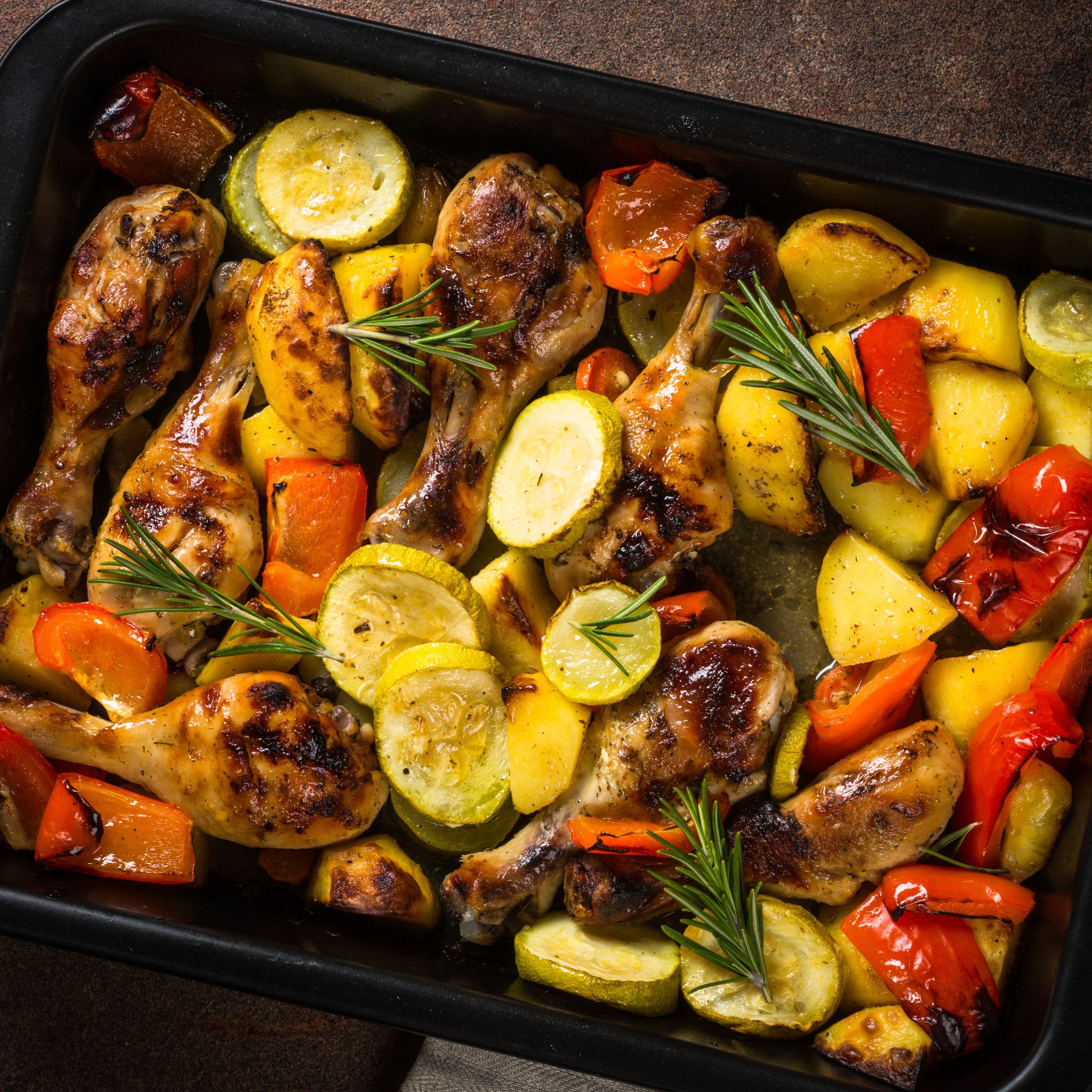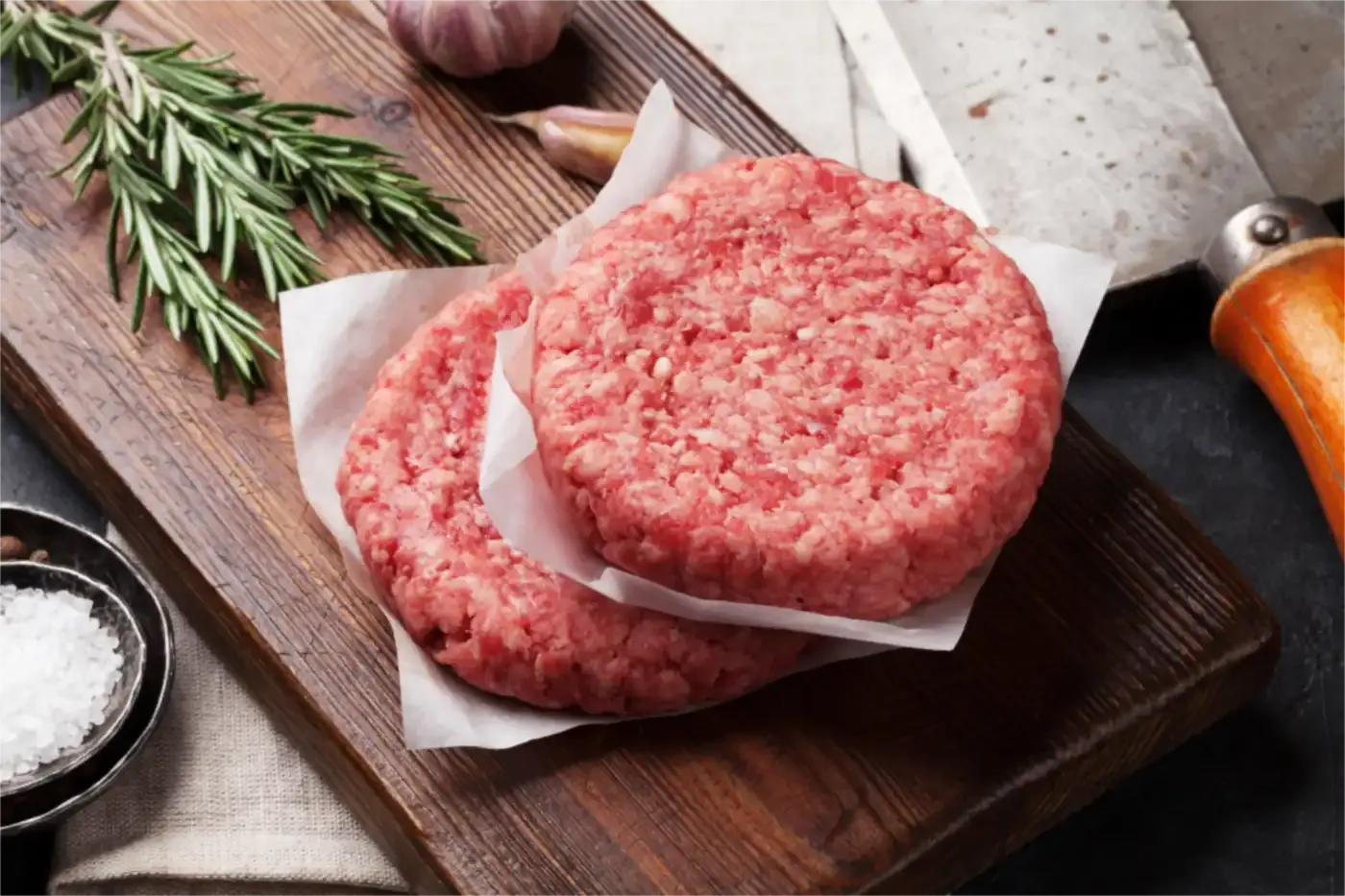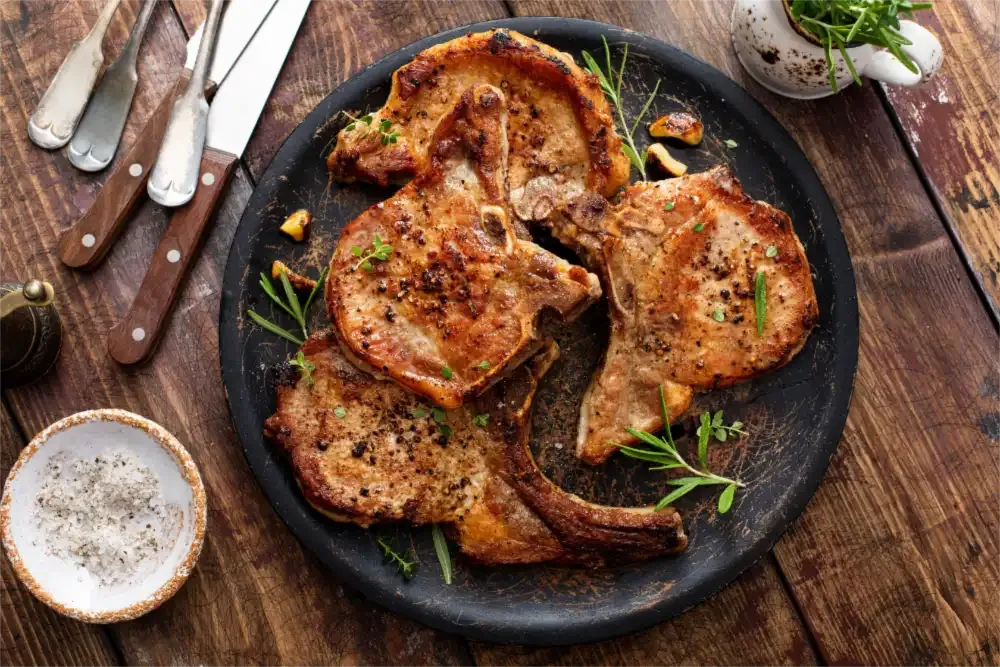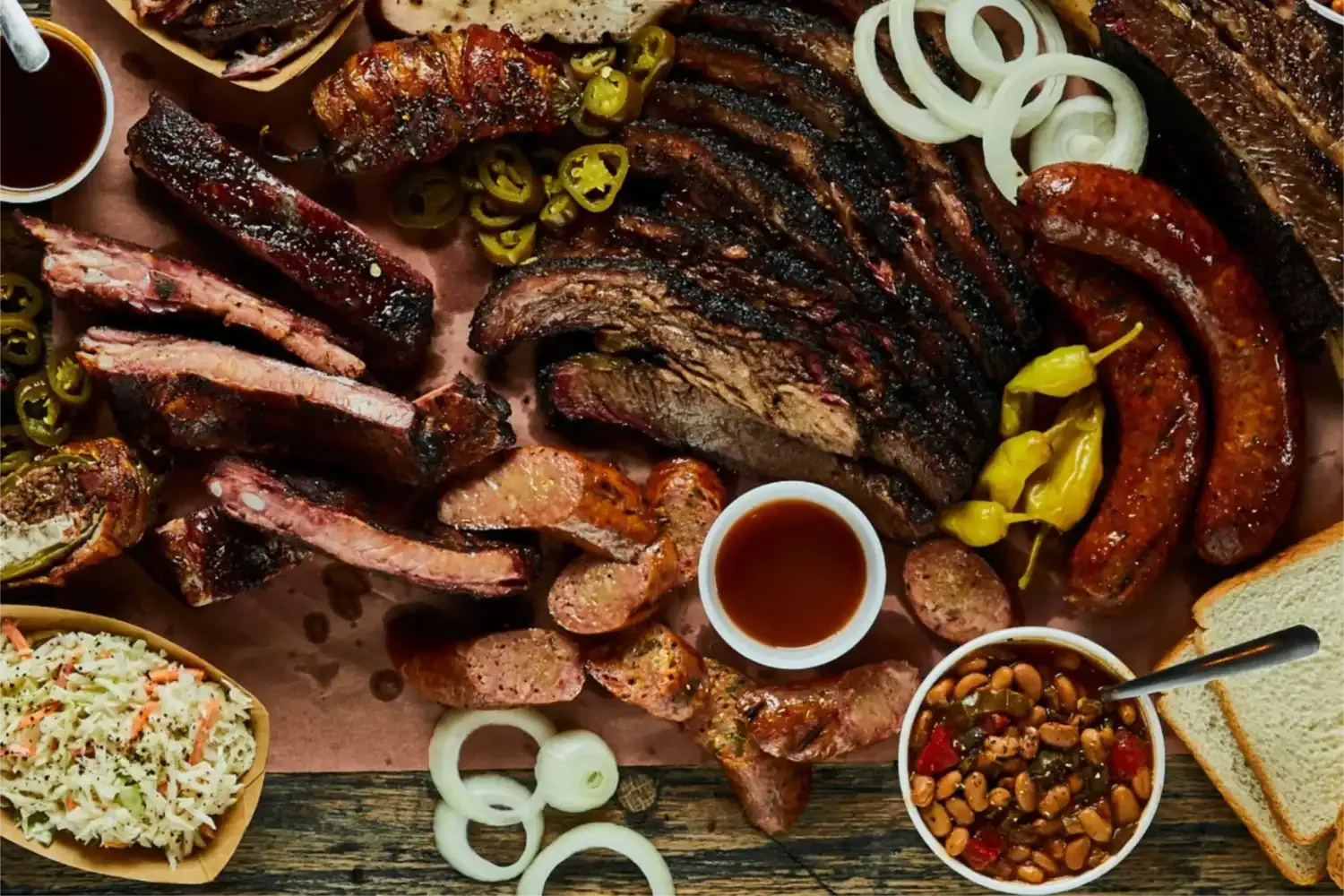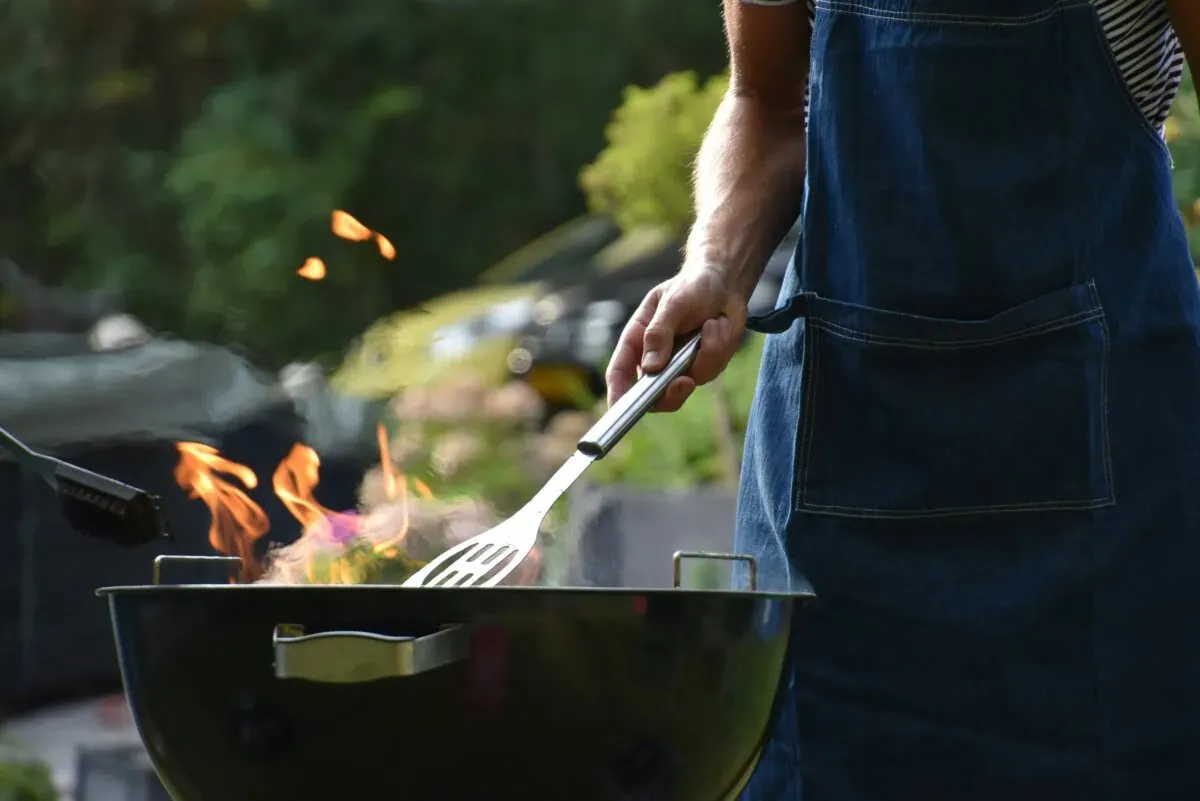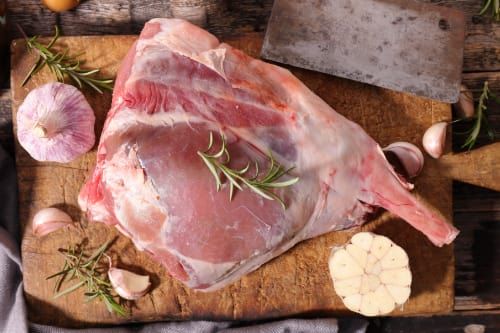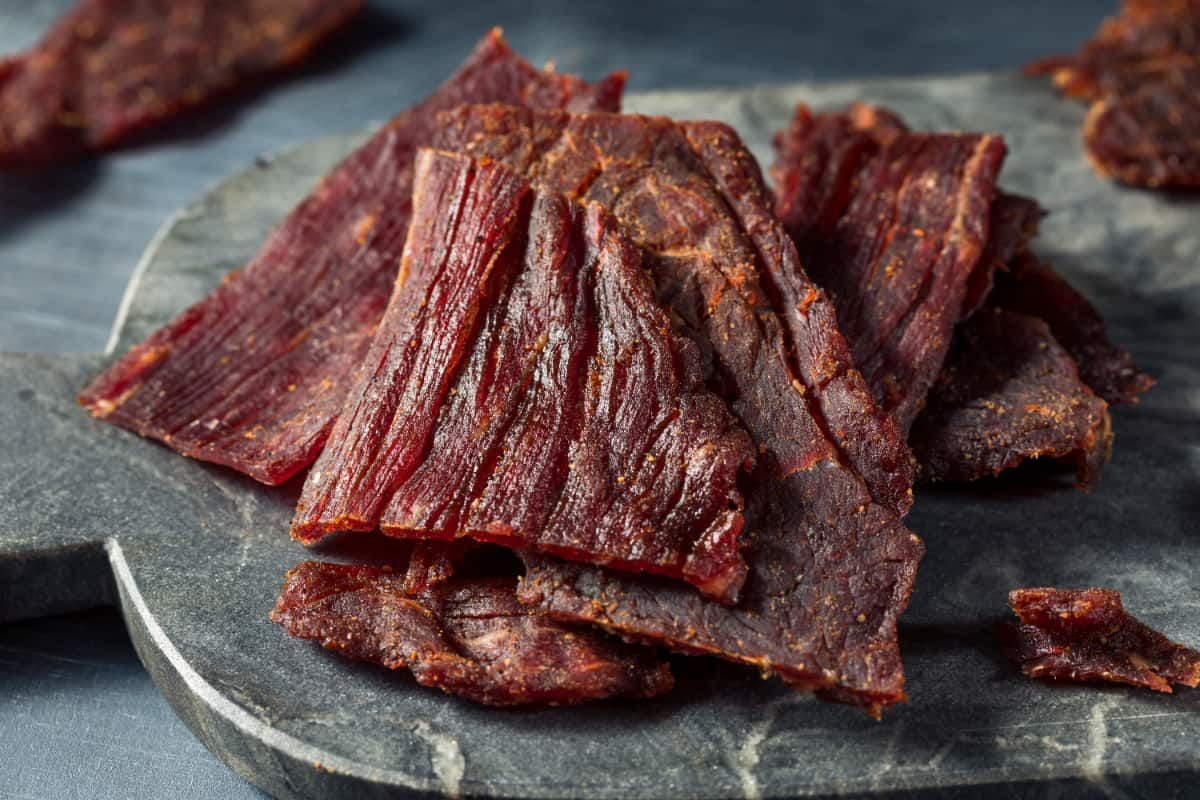Tips & Tricks
From Butcher Block to Backyard BBQ: Your Guide to Safe & Delicious Meat
Have you wondered how meat is kept safe and full of gorgeous red color from the butcher block to your backyard BBQ? We’ll cover the safe handling steps your local butcher follows and what you can do at home.
If you want the best flavor in your dishes, having high-quality meat that’s safe, delicious, and full of color is key. However, you may not realize how much goes into maintaining freshness and quality from the butcher’s block to your home.
Before you can serve safe and juicy cuts packed with flavor to your guests, it all starts at your local butcher. Beloved local butcher shops like The Flying Butcher work overtime to keep their products safe and bacteria-free before you purchase them.
Behind every great butcher shop are countless steps and protocols that keep the market safe and clean. From maintaining a temperature-controlled environment to following proper cutting, your local butchers work hard to give you the best meat possible.
Let’s dive into how your local butcher prepares safe and delicious meat and how to preserve it at home. You’ll learn about the steps that go into preparing your favorite cuts and tips on how you can preserve freshness at home.
It All Starts With Superb Hygiene
All the great butcher shops in the world have one thing in common: they keep things as clean as possible. Maintaining a sanitary, temperature-controlled environment is key to keeping meat fresh and ready to prepare safely at home.
Professional butchers in shops like the Flying Butcher follow dozens of strict hygiene protocols to eliminate your worries. These include sanitizing cutting surfaces frequently and wiping down every corner of the shop. Dangerous bacteria don’t stand a chance in this pristine environment.
Temperature controls, such as cold storage, are another important step to keeping meat safe before reaching your kitchen. Studies show that meat stored at 40°F and below can have a shelf life of almost one week, without losing its freshness and color.
Professional handling minimizes risks right away. Because of these sanitary practices, meat from local butchers like The Flying Butcher is safe to prepare and rich in satisfying flavors and color.
Proper Cutting, Packaging, and Wet Aging
Besides following strict hygiene and temperature controls, a lot of work goes into making clean and proper cuts in controlled environments. Butchers use specialty knives and thoroughly disinfect them throughout the day. Spotless knives and cutting tools prevent bacteria from growing and spoiling meat.
Careful packaging and aging is the next process. Butchers use advanced vacuum sealing technology to wet age various cuts. This process enhances meat’s natural flavors and tenderizes it by breaking down connective tissues and muscle fibers in a controlled environment.
Once meat is properly cut and aged, it’s ready for the display cases. Inside the cases, temperatures are kept consistent to maintain freshness and eliminate bacteria. Meat is spaced out to avoid overloading, which can push the internal temperature of the case past the danger zone of 40°F.
Butchers monitor case temperatures with advanced thermometers and check them frequently. This guarantees maximum safety and quality before the meat reaches your shopping cart.
Safe Handling at Home
There’s nothing worse than preparing a luxurious dinner, only to see that your meat has spoiled. Although your local butchers strive to keep meat bacteria-free, you’re responsible for safe handling at home. Even the best home cooks overlook proper hygiene and handling, especially when they feel rushed.
As soon as you get home, store your meat quickly in your refrigerator or freezer. Give each package plenty of room to preserve its shape and temperature.
After storing, wash your hands and cooking surfaces thoroughly with soap and water. You would be surprised to learn how many home cooks ignore this step. In studies like this one, 97% of participants failed to wash their hands properly. Slowing down to wash your hands and cooking surfaces greatly eliminates the risks of foodborne illnesses at home.
When you’re ready to prepare your juicy steaks or other delicious cuts, use separate cutting boards and utensils. This avoids cross-contamination, which is one of the most common ways meat becomes spoiled.
Cookout Safety: How Long Meat Can Sit Out and the Importance of Proper Resting
One of the most crucial steps in cookout safety is thawing your meat properly. If you have to thaw meat, do it in the refrigerator or in cold water. Once it has risen to room temperature, bacteria will quickly spread and your fine cuts could spoil quickly.
Meat should not sit out at room temperature for more than two hours or one hour in hot weather. Food handlers call temperatures between 40°F and 140°F the ‘danger zone’. This is when bacteria populations can double in under 20 minutes and spread rapidly.
Even with safe handling and thawing, the final step to safe and delicious meat is proper resting. Resting after cooking for a few minutes enhances flavor. However, after a few minutes, store your meat in the refrigerator or keep it hot to prevent nasty bacteria from growing.
Using Expiration and Use-By Dates for Maximum Safety
There’s a reason countries with strict expiration and use-by dates have fewer foodborne illnesses. Food spoils quickly, and it’s hard for you, the consumer, to know when it’s gone bad. Expiration dates and use-by dates give you a window of freshness that you can count on.
According to some food historians, expiration dates on food may have originated with the famous American gangster Al Capone. Legend has it that when his family members got sick from spoiled milk, Capone jumped into action. He bought a milk processing facility and lobbied the Chicago City Council to stamp milk products with sell-by dates.
Regardless of Capone’s alleged escapades in food safety, expiration dates became popular in the 60s and 70s. Americans started eating more processed foods, and supermarkets everywhere applied dates to soothe their customers’ worries.
Today, properly inspecting and adhering to these dates greatly reduces the risk of foodborne illness. At the Flying Butcher, you can count on us to sell fresh meat and products within their expiration dates. Once you bring them home, it’s up to you to follow use-by dates to guarantee your gourmet meals are fresh and safe to eat.
Final Thoughts
Both in the butcher shop and at home, maintaining hygiene and safe storage practices is key to safe and delicious meat. This starts at your local butcher shop and ends with you at home or your backyard BBQ.
At the Flying Butcher, our team of professional butchers maintains strict hygiene controls on all of our products. This is why chefs and experienced home cooks rely on us to provide the freshest meats and ingredients. Stop in today and enjoy shopping at ease for your delicious cuts.

